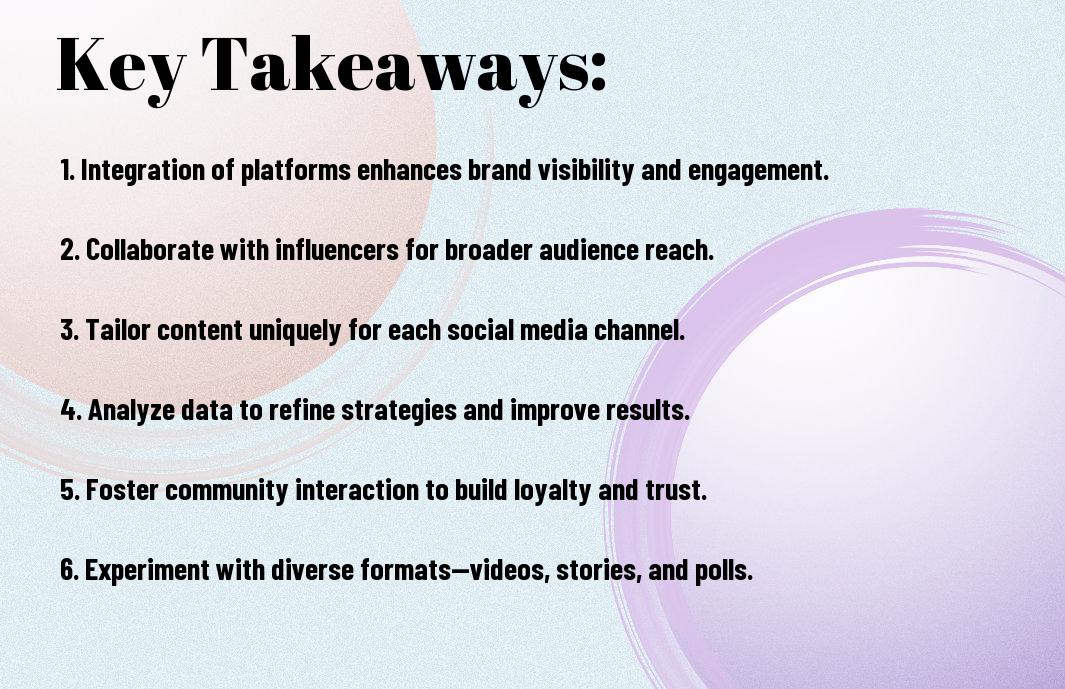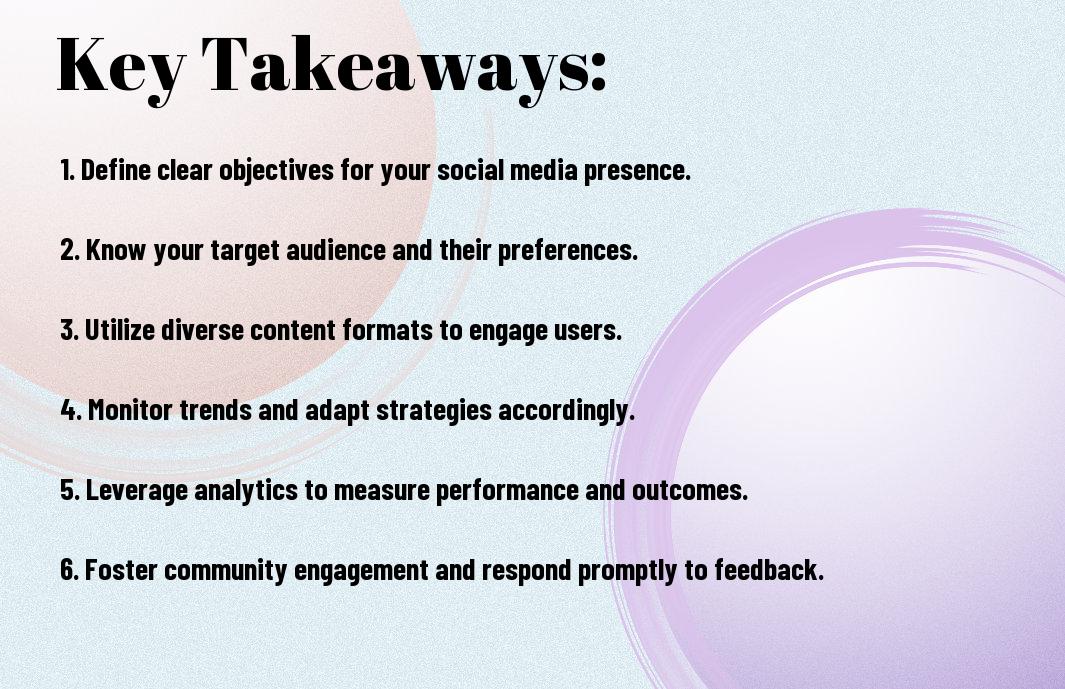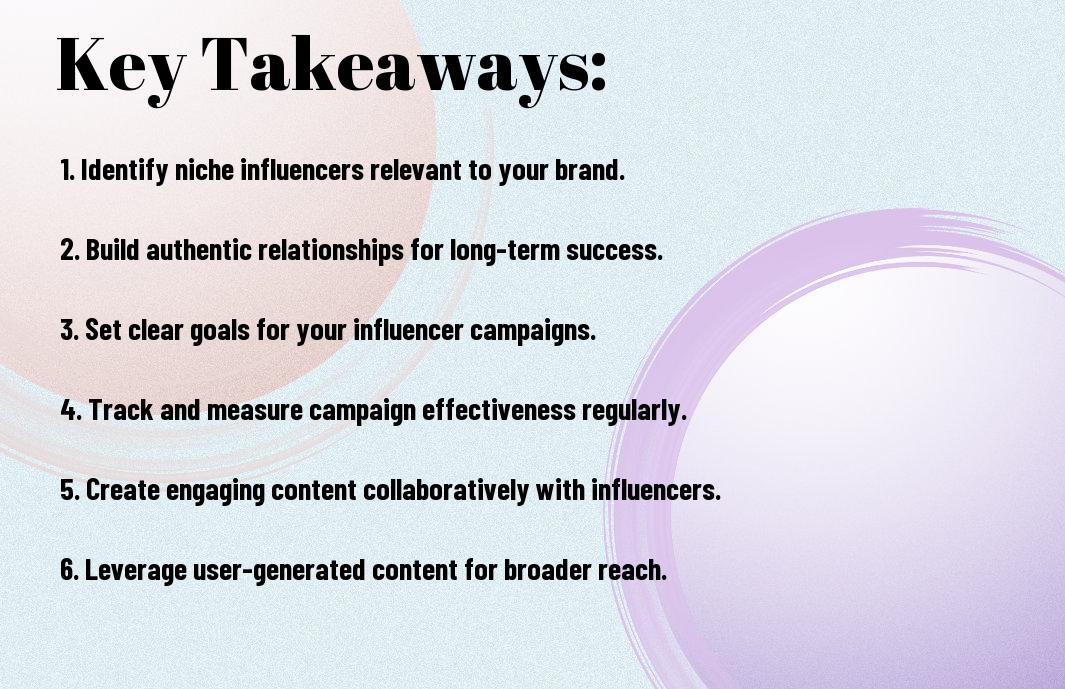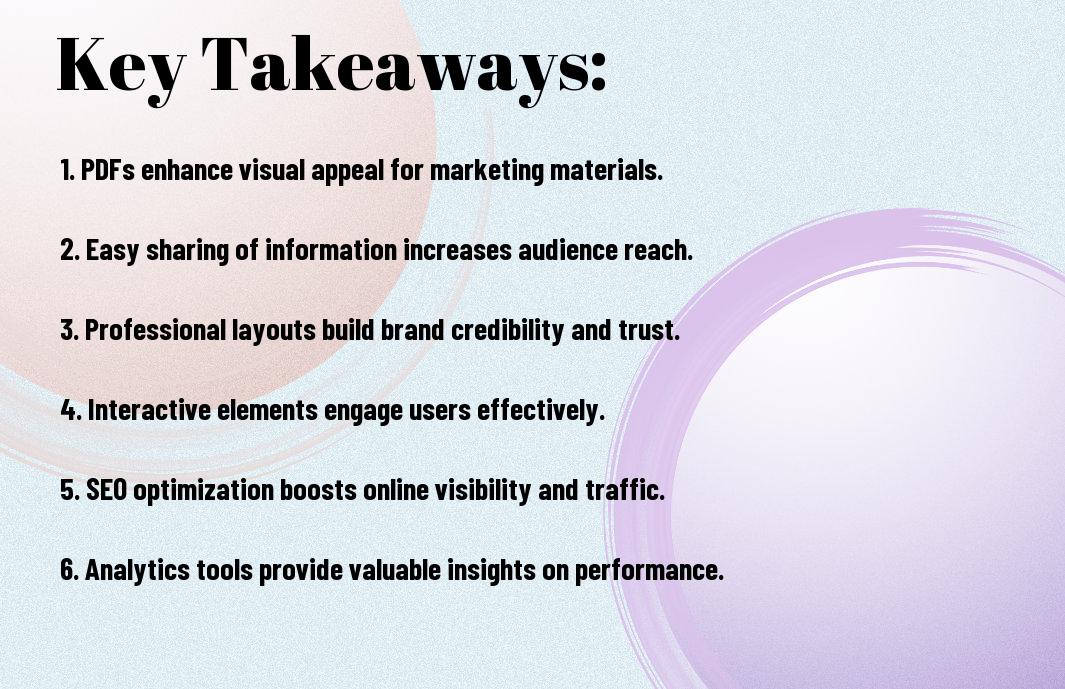You invest time and resources into your social media marketing, but are you seeing the desired results? Your engagement rates are low, and your followers seem uninterested in your content. You’re not alone, as many marketers face this challenge. Your social media strategy may be suffering from apathy, causing your brand to blend into the background. It’s time to assess your approach and identify areas for improvement to reinvigorate your online presence and reconnect with your audience.
Key Takeaways:
- Many businesses are experiencing social media apathy, where their marketing strategy is not yielding the desired results due to a lack of engagement and ineffective content, leading to a decline in brand awareness and customer interaction.
- To overcome social media apathy, companies need to reassess their marketing approach and focus on creating personalized, relevant, and valuable content that resonates with their target audience and encourages meaningful interactions.
- By revitalizing their social media strategy and leveraging the right platforms, tools, and tactics, businesses can reinvigorate their online presence, boost brand loyalty, and ultimately drive sales and revenue growth.

The Silent Crisis of Social Media Marketing
Before entering into the world of social media marketing, you need to understand the challenges you may face. You can find more information on Combating Apathy: 5 Ways To Motivate Prospects To Take Action to help you tackle this issue.
Signs of Marketing Stagnation
Along with the rise of social media, you may notice a decline in engagement with your content, indicating a need to reassess your strategy to avoid stagnation.
Engagement Metrics That Matter
Before analyzing your social media performance, you should identify the key metrics that indicate engagement, such as likes, comments, and shares, to gauge your audience’s interest in your content.
Marketing efforts can be optimized by focusing on these engagement metrics, allowing you to refine your strategy and increase your online presence, helping you to better understand your audience and create content that resonates with them, ultimately driving more meaningful interactions with your brand.
Breaking Through Digital Noise
It is vital to evaluate your marketing strategy to determine if social media apathy is hindering your online presence. You need to assess your current approach and identify areas that require improvement to effectively reach your target audience.
Content Relevance Assessment
Against the backdrop of ever-changing consumer preferences, you must ensure your content resonates with your audience. You should analyze your content’s performance to determine if it aligns with your target audience’s interests and needs.
Platform-Specific Performance
Relevant metrics can help you gauge your performance on various social media platforms. You can track engagement rates, click-through rates, and conversion rates to determine which platforms are driving the most value for your business.
Content that performs well on one platform may not yield the same results on another. You should consider the unique characteristics of each platform and tailor your content accordingly to maximize your online presence and reach your target audience more effectively. By doing so, you can optimize your marketing strategy and break through the digital noise that may be hindering your online growth.

Audience Connection Gap
Despite your best efforts, you may be experiencing a disconnect with your target audience on social media, leading to a significant gap in your marketing strategy. This gap can result in decreased engagement, lower conversion rates, and ultimately, a negative impact on your brand’s reputation.
Customer Interaction Patterns
Audiences today expect personalized and timely interactions with brands, and you need to understand their patterns to bridge the connection gap. You should analyze your audience’s behavior, preferences, and pain points to create content that resonates with them.
Response Time Analytics
After analyzing your audience’s interaction patterns, you need to focus on response time analytics to measure the effectiveness of your social media strategy. You can track metrics such as response rate, response time, and resolution rate to identify areas for improvement.
And as you investigate deeper into response time analytics, you will discover that it’s not just about responding quickly, but also about providing relevant and helpful responses that address your audience’s concerns. You can use this data to optimize your social media strategy, allocate resources more efficiently, and ultimately, improve your brand’s overall customer experience.
Revitalizing Your Social Strategy
Now that you’ve identified the signs of social media apathy, it’s time to breathe new life into your marketing strategy. You can start by reassessing your approach and making adjustments to better engage your audience.
Content Calendar Overhaul
One key step is to re-examine your content calendar, ensuring it’s aligned with your goals and resonates with your target audience. You can refresh your content by incorporating new formats, topics, and themes to keep your audience interested.
Creative Engagement Techniques
The most effective social media strategies incorporate innovative engagement techniques, such as contests, quizzes, and live streams, to capture your audience’s attention. You can use these tactics to encourage interaction and foster a sense of community around your brand.
Understanding how to leverage creative engagement techniques is necessary to revitalizing your social strategy. You can start by analyzing your audience’s preferences and behaviors, then developing a plan to incorporate engaging content and activities that resonate with them, ultimately helping you to build a loyal following and drive meaningful interactions with your brand.
Measuring Real Impact
Once again, you’re likely wondering how to gauge the effectiveness of your social media strategy, and whether it’s suffering from Social Media Apathy – Time to Rethink Your Social Strategy? As you assess your approach, consider what’s working and what’s not.
Beyond Vanity Metrics
Any attempt to measure your social media impact must go beyond likes and followers, focusing instead on meaningful engagement and conversions that drive your business forward, helping you to identify areas for improvement.
ROI-Focused Tracking
Before you can optimize your social media strategy, you need to establish a clear understanding of what’s driving your return on investment, and what’s not, allowing you to make data-driven decisions.
Impact is a key consideration when it comes to ROI-focused tracking, as you seek to understand how your social media efforts are influencing your bottom line, and make adjustments accordingly to maximize your investment, you can then use this information to refine your strategy and improve your overall performance, ensuring that your social media efforts are aligned with your business goals, and that you’re getting the best possible return on your investment.
Action Steps for Renewal
Many marketing strategies suffer from social media apathy, but you can take steps to revive your approach. By reassessing your goals and tactics, you can create a more effective plan that engages your audience and drives results.
Team Accountability
Accountability is key to overcoming social media apathy, and you must ensure your team is on board with your new strategy. You should establish clear roles and expectations to keep everyone motivated and focused on your goals.
Resource Allocation
For your social media strategy to succeed, you need to allocate your resources effectively. You should assess your budget and personnel to determine the best way to support your new approach and achieve your objectives.
It is crucial to consider the skills and expertise of your team when allocating resources, as this will help you identify areas where you may need to bring in external support or provide additional training. By doing so, you can ensure that your social media strategy is well-executed and effective in achieving your goals. You can then monitor your progress and make adjustments as needed to optimize your results.
Final Words
Considering all points, you now have a better understanding of social media apathy’s impact on your marketing strategy. You can assess your approach and identify areas where your efforts may be falling short. By acknowledging and addressing these issues, you can revitalize your strategy and boost your online presence, ultimately driving more engagement and conversions for your business, helping you to stay ahead of the competition and achieve your goals.
FAQ
Q: What is social media apathy and how does it affect my marketing strategy?
A: Social media apathy refers to a state where your target audience becomes desensitized to your social media content, leading to a decline in engagement and conversion rates. This can happen when your content is repetitive, lacks personalization, or fails to resonate with your audience’s interests. As a result, your marketing strategy may suffer from reduced brand visibility, decreased website traffic, and lower sales.
Q: How can I identify if my marketing strategy is suffering from social media apathy?
A: To diagnose social media apathy, monitor your social media metrics, such as engagement rates, follower growth, and conversion rates. If you notice a steady decline in these metrics over time, it may be a sign that your audience is becoming apathetic towards your content. Additionally, look for indicators like low comment rates, lack of shares, and minimal brand mentions. By analyzing these metrics, you can determine if your marketing strategy needs a refresh to re-engage your audience.
Q: What are the common causes of social media apathy in marketing strategies?
A: Common causes of social media apathy include posting low-quality or irrelevant content, failing to interact with your audience, and neglecting to track and adjust your social media metrics. Other causes may include over-posting or under-posting, using overly promotional language, and not leveraging user-generated content or social media influencers. By understanding these causes, you can take corrective action to revitalize your social media presence and re-engage your audience.
Q: How can I overcome social media apathy and revitalize my marketing strategy?
A: To overcome social media apathy, focus on creating high-quality, engaging, and personalized content that resonates with your target audience. Use social media analytics to track your performance and adjust your strategy accordingly. Experiment with new content formats, such as videos, live streams, or podcasts, to add variety to your social media feed. Additionally, engage with your audience by responding to comments, using social listening, and collaborating with influencers or user-generated content creators. By refreshing your content and engagement strategy, you can re-energize your social media presence and boost your marketing efforts.
Q: What are the long-term consequences of ignoring social media apathy in my marketing strategy?
A: Ignoring social media apathy can have severe long-term consequences, including a significant decline in brand reputation, loss of customer loyalty, and reduced market share. As your audience becomes increasingly disengaged, your brand may struggle to attract new customers, leading to stagnant growth and decreased revenue. Furthermore, social media apathy can also lead to a decline in customer retention, as disengaged customers are more likely to switch to competitors. By addressing social media apathy proactively, you can mitigate these risks and ensure the long-term success of your marketing strategy.












